by Salman Zafar
4 minute read
Each year countries from the Middle East and North Africa import large amount of asbestos for use in the construction industry. As per the last known statistics, the Middle East and Africa accounted for 20% of world demand for the material. Iran and the United Arab Emirates are among the biggest consumers. Iran alone has been reported to order 30,000 tons of asbestos each year. More than 17,000 tonnes of asbestos was imported and consumed in the United Arab Emirates in 2007. In fact, despite its well-known dangers, almost all Middle East countries have been steadily increasing their asbestos imports.
When the dust settles
Asbestos is at its most dangerous when people are exposed to it without the protection of masks and special clothing. In times past, such considerations were not thought about, and many people suffered illnesses as a result. However, asbestos exposure is now widely recognised as a hazard of the construction industry. Demolition, refurbishment and construction are the prime times that people can be exposed to the fibres.
In the Middle East and North Africa, however, turbulent times have increased the danger of exposure for people across the region. Since 2003, there has been the Iraq War, revolutions in Egypt, Libya and Tunisia, plus the uprising in Syria – not to mention a raft of conflicts in Lebanon, Palestine and Israel. A hidden peril of these violent tumults is the damage done by explosions to buildings that contain asbestos, in each case putting the pulverised material in the local atmosphere and further endangering the lives of people nearby, long after the conflict is over.
Conventional wisdom
In many countries around the world companies, institutions and organizations have a legal responsibility to manage their waste. They are banned from using substances that are deemed hazardous to the general public. This includes a blanket ban on the use of asbestos. Where discovered, it must be removed and dealt with by trained individuals wearing protective clothing.
Generally speaking, the MENA region has little or no framework systems in place to deal with this problem. Each year more than 100,000 people die worldwide due to asbestos-related diseases and in view of the continuous use of asbestos use in the region, a strong strategy for phasing out of asbestos from the construction industry is urgently needed.

The dangers of asbestos need to be hammered home in the MENA region. Photo via Wikimedia Commons (public domain)
International Labour Organisation Law Number 162, which was instituted at the 1986 Asbestos Convention, outlines health and safety procedures related to asbestos, including regulations for employers put forth in an effort to protect the safety of all workers. However, it has not yet been ratified by a single Middle East country.
In the Middle East and North Africa, it is vitally important anti-asbestos policies are developed, both at the governmental and the business level to further protect the citizens of those countries. Asbestos waste management in the MENA region needs to take in several distinct action phases. Education and legislation are the first two important steps, leading to improvements in actual waste management of asbestos.
Survey questions
Many may argue that there is still an informational or philosophical hurdle to overcome. This is why education must go in tandem with legislation. Of course, it would be a positive step if countries across the region considered banning the material. The only two countries to try this so far are Egypt and Saudi Arabia, but their prohibitions on asbestos do not appear to have been wholly successful and there is evidence of its continued use. Whether as part of official pronouncements or in the papers, on the TV or in schools, it is vitally important that bans are backed up with information so the general public understand why asbestos should not only be banned in new construction, but removed from existing buildings.
Governments have the resources to open up pathways for local or international companies to begin an asbestos removal programme, but money is not the only barrier to action. An essential first step in industrial asbestos removal is a management survey to identify what asbestos materials are in a building and where. This is followed up by a refurbishment and pre-demolition survey to best see how to remove the asbestos and replace it with better materials. These come in tandem with risk assessments and fully detailed plans.
In many places, education programmes will be required to help companies prepare to take action. This may prove to be the most difficult part of implementing widespread asbestos waste management in the Middle East and North Africa. The planning and surveying phase will be expensive and time consuming, but the alternative is unthinkable – to rip out the asbestos without taking human safety into account. Only once the necessary infrastructure and training is put in place to make sure that the region has access to the risk management skills, protective equipment and safe disposal facilities it will need can the long but essential task of removing asbestos from the MENA region begin.
We are grateful to EcoMENA for the opportunity to reproduce this article, a version of which first appeared here. EcoMENA is a website focused on raising awareness of renewable energy, sustainability, waste management, environment protection, energy efficiency and resource conservation in the Middle East and North Africa (MENA) region.

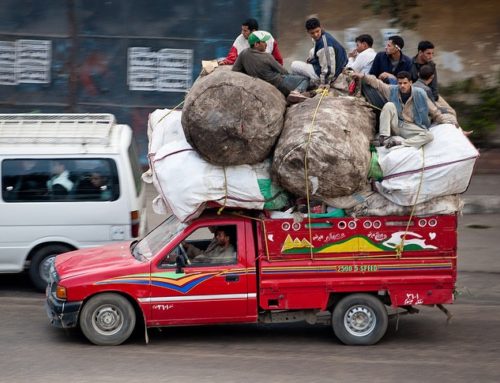
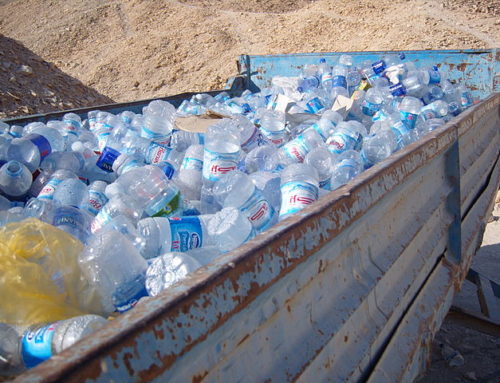
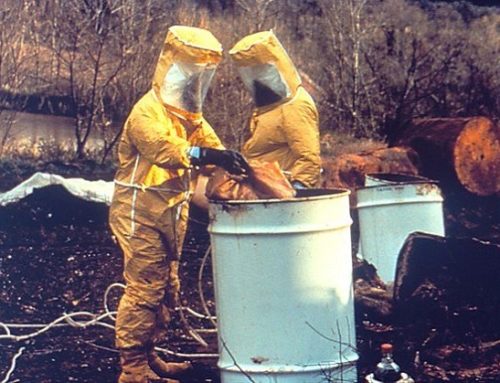
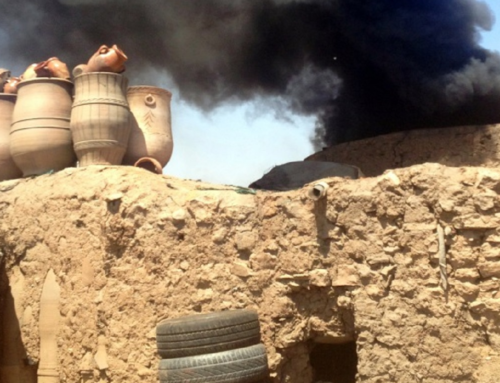
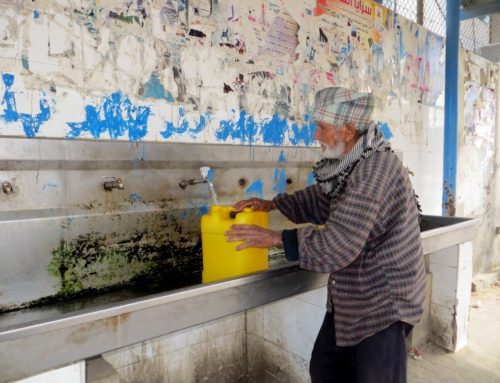
Very interesting – if depressing article. What do MENA countries continue to import and use asbestos for? It seems a good first step in limiting the risk to human (and animal?) health from asbestos in the region would be to stop adding more of it to the built environment. To do that you need to understand why there’s a continuing demand for it and provide an (economical?) alternative.